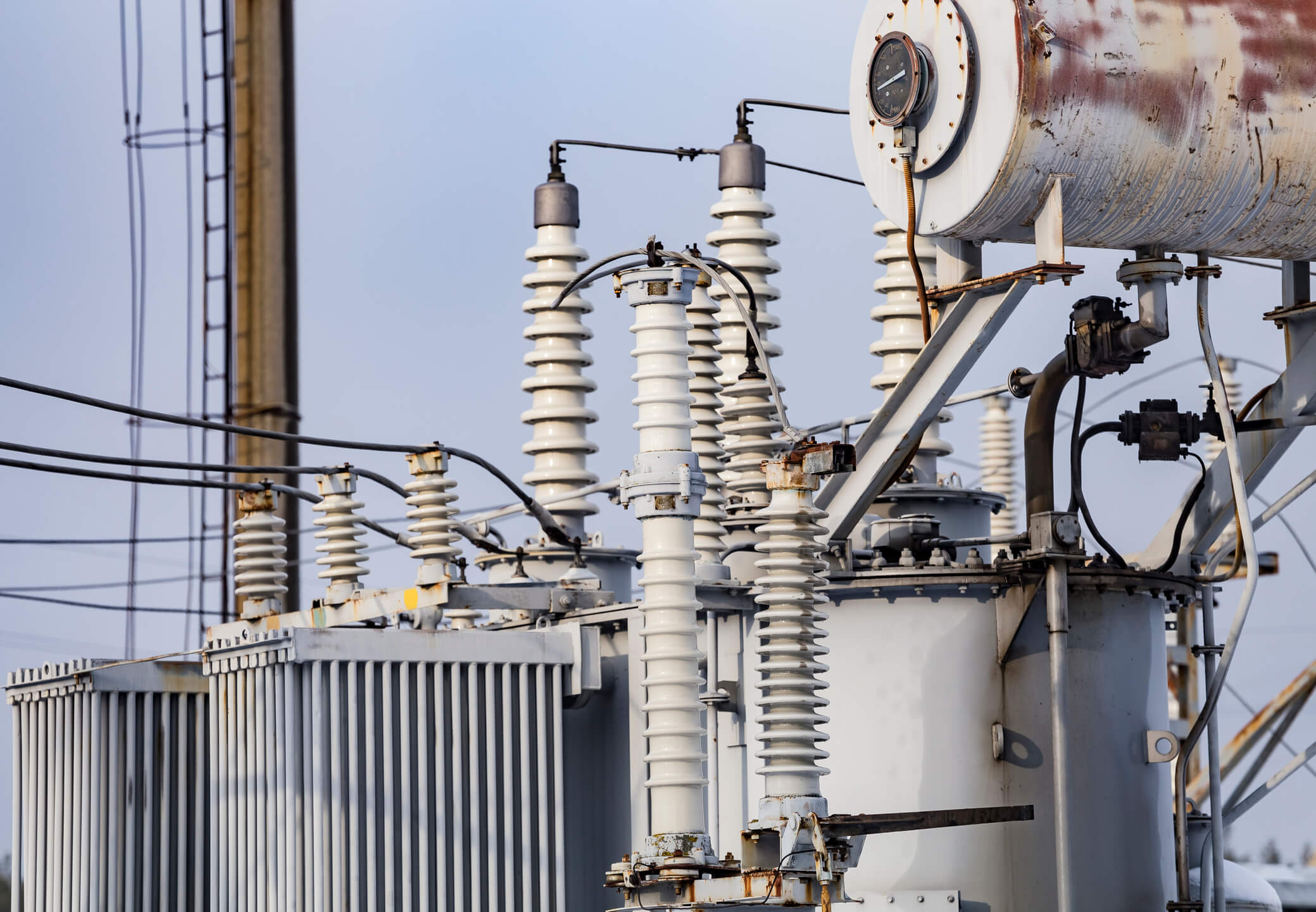In Prevention of Significant Deterioration (PSD) permit applications, evaluating the impact of a point source on secondary fine particulate (PM2.5) formation and ozone concentrations has always presented challenges to the permitting process. On April 17 the Environmental Protection Agency released the document “Guidance on Significant Impact Levels for Ozone and Fine Particles in the Prevention of Significant Deterioration (PSD) Program.” This guidance document, along with other recent USEPA releases, provides needed definition and clarity to those evaluations and should result in a more efficient and streamlined permitting process.
Significant impact levels, or SILs, are defined concentrations of criteria pollutants in the ambient air that are considered inconsequential in comparison to the National Ambient Air Quality Standards (NAAQS). If a PSD project is shown via air quality modeling to have predicted impacts less than the corresponding SILs, no further detailed modeling or consideration of the rest of the facility or surrounding facilities is typically required. Historically, the use of SILs has greatly simplified the air quality assessment portion of the PSD review.
This updated guidance document is noteworthy because Significant Impact Levels (SILs) for ozone and for PSD increment (for PM2.5) are defined for the first time. SIL levels for PM2.5 were initially codified in 2010 for NAAQS evaluations. However, these SIL levels did not become effective due to a court challenge where EPA was directed to revisit the issue.
The new guidance is based upon a robust statistical evaluation of ambient monitoring data to arrive at proposed SILs for PM2.5 of 1.2 and 0.20 microgram per cubic meter for 24-hour and annual periods, respectively. For ozone the 8-hour SIL is proposed to be 1 part per billion (ppb). Significantly, the guidance also states that these values are valid as SILs regardless of the level of background concentrations. The definition of SILs in this guidance will greatly facilitate the air permitting process.
The guidance will also simplify the evaluation of direct emission sources on regional ozone and PM2.5 concentrations as required during the permitting process. Currently, there is no model available that predicts the impact of an individual facility on secondary PM2.5 formation nor one that predicts the impact of NOx or VOC emissions from that facility on ozone concentrations. The EPA did publish guidance in 2016 on how this prediction can conservatively be accomplished using the Modeled Emission Rate for Precursors (MERPs) methodology for ozone and secondary PM2.5 evaluations. Now that SILs for PM2.5 and ozone are in place, the MERPs methodology can be used to more readily predict individual project impacts and steamline the air quality assessment portion of the permitting process for these air pollutants.


